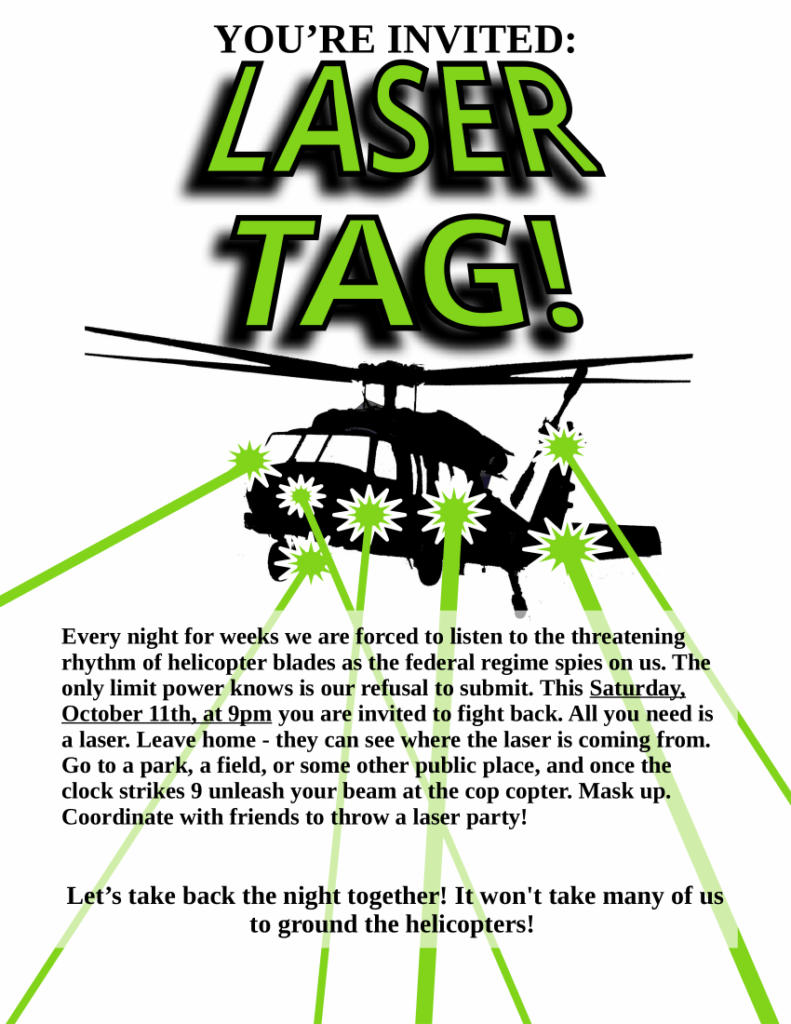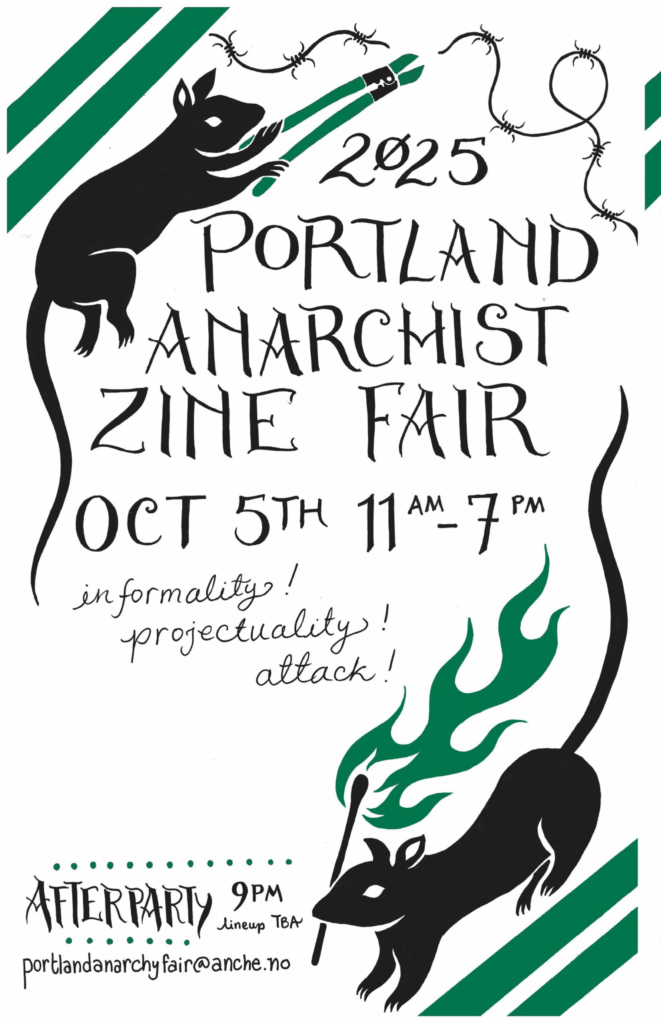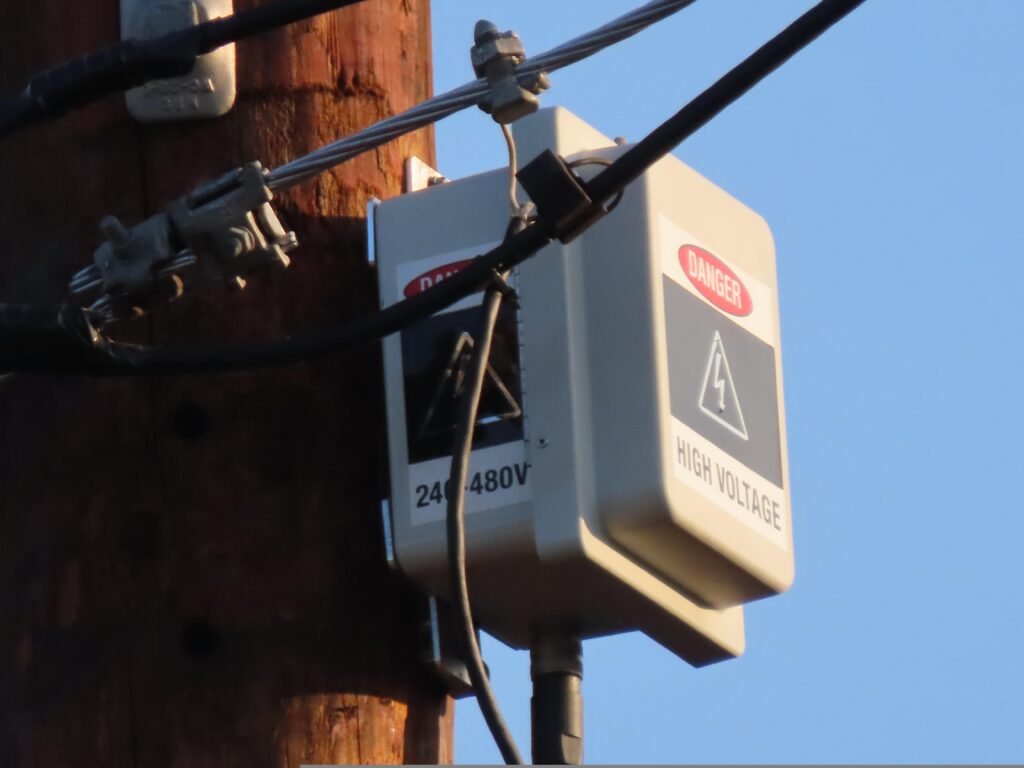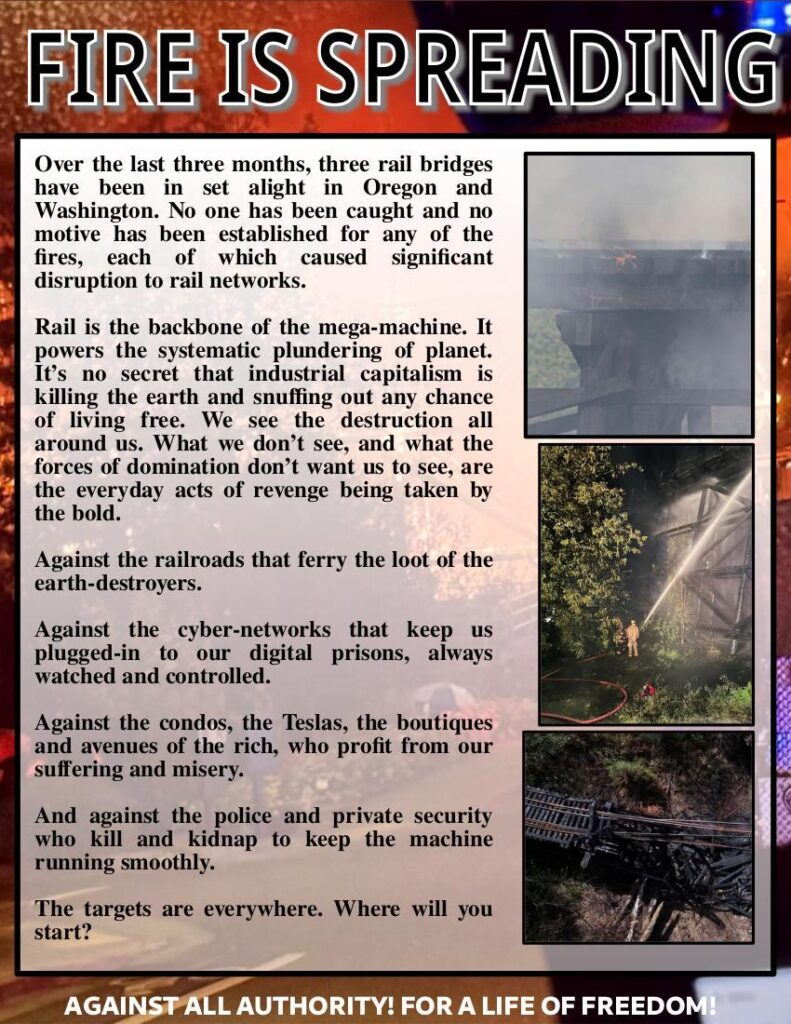NO KINGS NO PRESIDENTS!
This is a last-minute invitation to dust off your black clothing (or put it on for the first time!), mask up, and bring an uncompromising spirit to the No Kings demonstration Saturday 10/18.
Protest marches, no matter how many attend, will never pose a threat to power as long as they remain trapped within the cage of politics, intent on dialogue with our rulers. Signs and chants will not stop ICE thugs from kidnapping us, our loved ones or neighbors; only widespread courageous action can do that. Anarchists are right to identify the tyranny of democracy and point out that a cruel world ruled by profit and maintained by borders and wars, police and prisons, has always demanded of us its immediate destruction.
Rather than using this critique as an excuse to set ourselves apart from and above all those freshly enraged by Trump’s fascism, we want to take it to the streets in search of accomplices. In a time when the President and his allies invoke “anarchists” and “insurrection” on the national stage, we find it necessary to articulate our revolutionary desires more clearly and proudly than ever. Yes, it easier to remain in the false safety of isolation, but where’s the fun in that? We refuse to be ruled by fear of any kind, whether it be of repression or the chance of our ideas being rejected by our neighbors.
We believe that people are increasingly alienated from political solutions, know that all the old methods have failed, and feel in their hearts that something is missing. Whether they cannot yet imagine what they might be capable of or feel too alone to take the first step, visible anarchist intervention in the current moment has the potential to open up a world of possibility.
We want to see the spread of bold action against this regime. Being able to articulate our dreams and proposals in the light of day is an important step towards making this a reality.
Look for our banners on the west waterfront under the Burnside Bridge at 12:30 on Saturday. You’ll know them when you see them.
Freedom begins where obedience ends!
See you in the streets!
submitted anonymously






